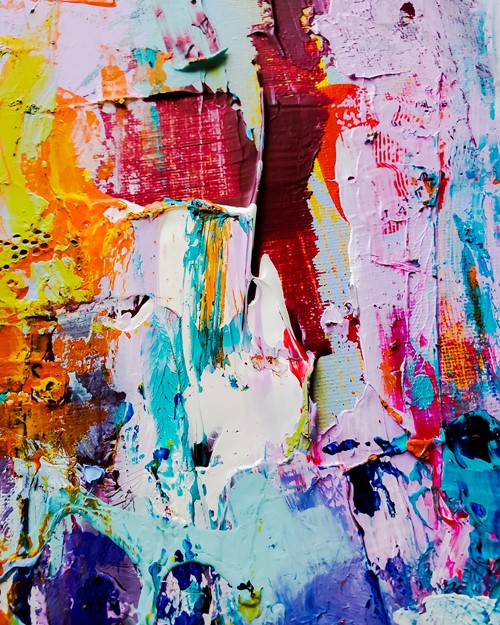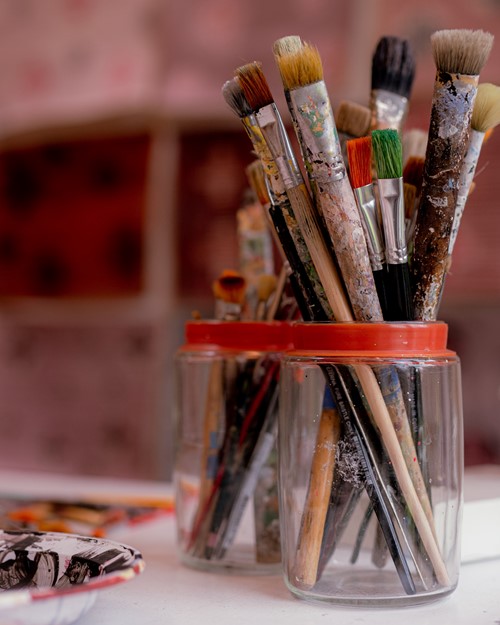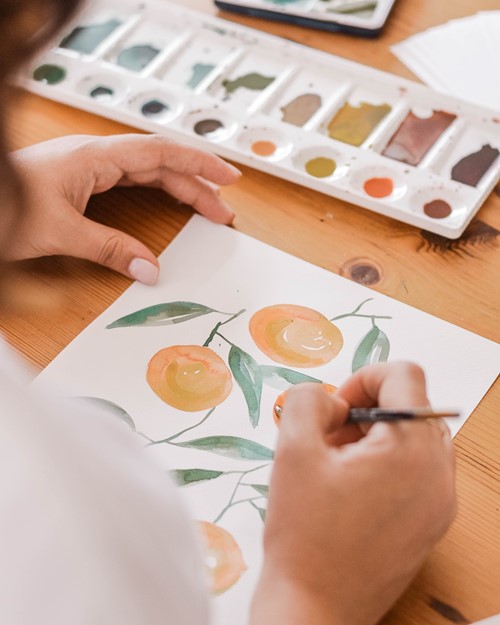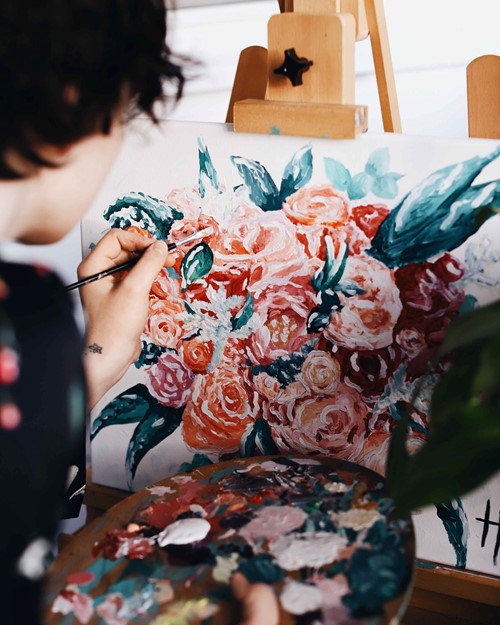Painting
Painting for Wellbeing: Express Yourself and Calm Your Mind
The simple act of using your hands to create something can have a powerful, positive effect on your mental health. When you're absorbed in painting, your mind can enter a focused state that's very similar to meditation, providing a welcome escape from daily stress.
This isn't just a feeling; it's backed by research. Experts suggest that meaningful, hands-on creative activities like painting can help alleviate feelings of anxiety and mild depression by stimulating positive responses in the brain.
Painting can positively impact your wellbeing in the following ways:







The well-known phrase “a picture is worth a thousand words” describes the expression of emotions released through painting. It can be a therapeutic process, enabling you to release feelings and emotions you have been holding onto.
For some, painting may be a new creative outlet, so why not try some of the YouTube tutorials below to help inspire your journey?
This video is a short guide to using watercolour. It covers art supplies and basic watercolour techniques to get you started!
This video shows you three simple painting exercises to get you started.
It's great for reinvigorating your creativity and breaking creative blocks!
Kirsty Partridge has some excellent advice to offer new painters! Her channel is packed full of tutorials and painting exercises, taking you from beginner to advanced level!
Paul Priestley's channel offers similar advice and exercises, and he also looks at drawing!
And we wouldn't be pointing you in the right direction if we didn't include a bit of classic Bob Ross!
Enjoy his soothing voice and fantastic painting advice!
